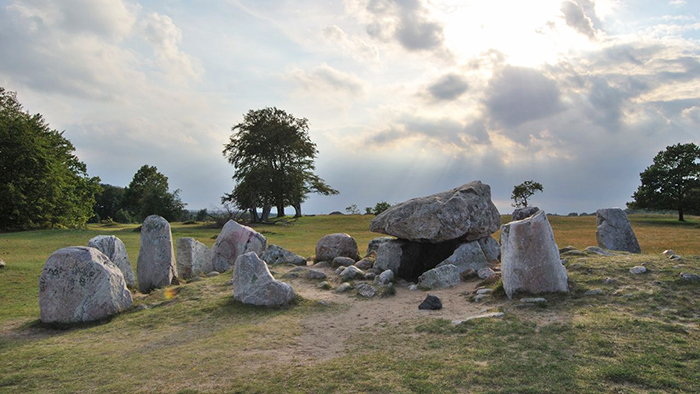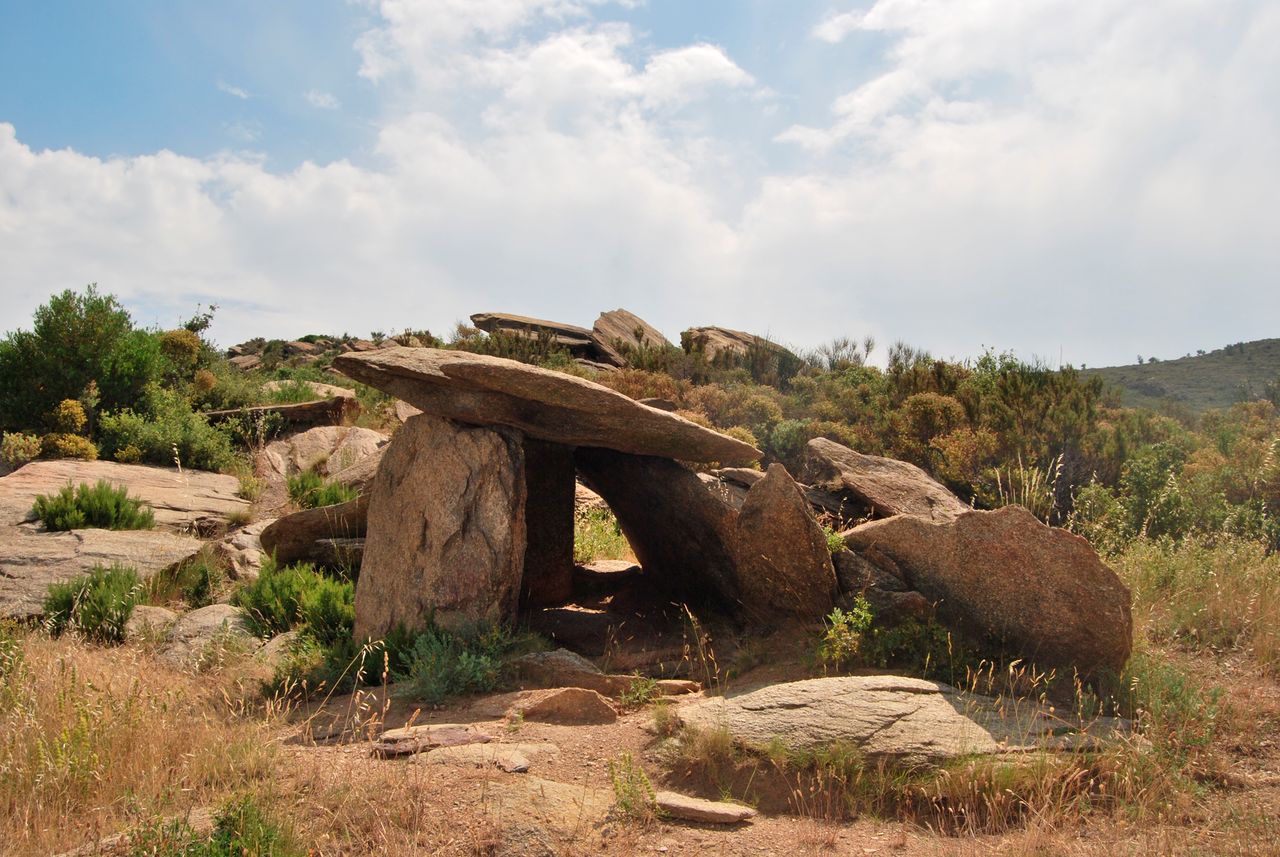Humans have a need to leave a legacy behind us when we pass on. For some, that might mean inspiring an entire region to build massive rock structures, such as Stonehenge.
New research suggests the megaliths littering ancient Europe weren't conceived independently, but were all influenced by the work of a single hunter-gatherer community that lived in the region now known as Brittany in northwestern France.
The study also hints that ocean-crossing technology developed quicker than was previously thought – this being the main way that the trend for constructing rocky monuments made its way around the continent.
 Haväng dolmen, Scania (Bettina Schulz Paulsson)
Haväng dolmen, Scania (Bettina Schulz Paulsson)
"The earliest megaliths originated in northwest France and spread along the sea routes of the Mediterranean and Atlantic coasts in three successive principal phases," concludes the study author, Bettina Schulz Paulsson from the University of Gothenburg in Sweden.
The idea of one point of origin – maybe in the Middle East – is one long-standing hypothesis about how these megaliths spread around Europe; a more recent one is that there were multiple places where the practice sprang up.
To settle the question one way or the other, Schulz Paulsson dived into radiocarbon dating data for 2,410 prehistoric sites across Europe – not just for megaliths but for the premegalithic graves that we think preceded them, sites with expansive tombs but no huge stones on top.
 Dolmen de las Ruines, Catalonia. (Bettina Schulz Paulsson)
Dolmen de las Ruines, Catalonia. (Bettina Schulz Paulsson)
As well as dating the human remains buried at these sites, the dates were further narrowed down by studying the architecture, the tools used, and the evidence of burial customs found at each of the sites.
Using some statistical number-crunching to get a more accurate timeline, the birth of the megalith movement was pinned down to northwest France around 4,500 BCE, over a period of around 200-300 years.
From there the rock-building trend spread fairly rapidly, the analysis suggests, along coastal routes to southern France, the UK, the Mediterranean, Spain, and Portugal, eventually reaching Scandinavia and other parts of Europe too.
What's more, the dates pinned down by the new study seem to show that people were moving around more quickly and on better-equipped ships than previously thought.
"The megalithic movements must have been powerful to spread with such rapidity at the different phases, and the maritime skills, knowledge, and technology of these societies must have been much more developed than hitherto presumed," says Schulz Paulsson.
Advanced seafaring in Europe – involving boats capable of taking groups of people across significant distances – might have started some 2,000 years earlier than we thought, the researcher concludes.
Though we might not yet have the whole picture in terms of megalith ruins and dates across Europe, researchers like archaeologist Chris Scarre from Durham University in the UK say the study makes a strong case.
"It's not quite 100 percent pinned down, and there's always other research to do, but [the new hypothesis] seems like a very plausible scenario," Scarre told Brian Handwerk at the The Smithsonian.
"This study falls in with the more accepted idea that there are links between these different regions with megalithic monuments. The challenge is to understand how those links worked."
The findings have been published in PNAS.
